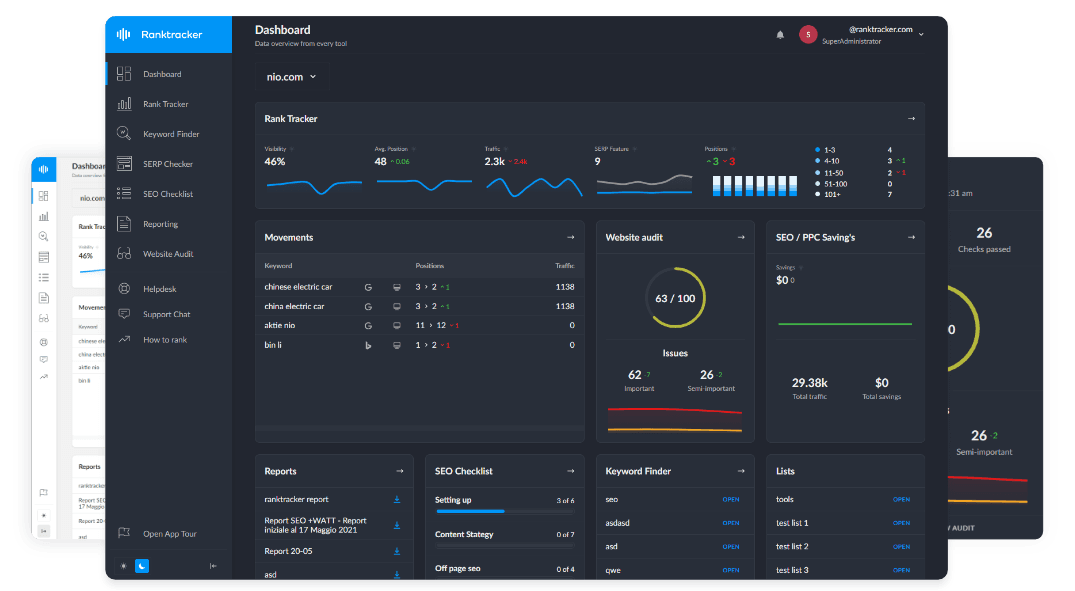Intro
Anchor text is the clickable text in a hyperlink that signals to search engines and users the context of the linked page. Proper anchor text optimization ensures stronger internal linking, improved search rankings, and better user experience.
Why Optimizing Anchor Text Matters:
- Enhances content relevance and topical authority.
- Improves SEO rankings by providing contextual signals.
- Strengthens internal linking for better navigation and indexing.
Key Anchor Text Rules for SEO
1. Use Descriptive, Contextual Anchor Text
- Avoid generic phrases like “click here” or “read more”.
- Example:
- Bad: "Click here to learn SEO basics."
- Good: "Learn SEO basics to improve search visibility."
2. Match Anchor Text with Search Intent
- Ensure anchor text reflects the purpose of the linked page.
- Example:
- Informational: "Discover the best SEO practices."
- Transactional: "Get access to our SEO tool suite today."
3. Prioritize Natural Language & Readability
- Avoid forced keyword stuffing in anchor text.
- Example:
- Bad: "Best SEO tools keyword research software ranking."
- Good: "Check out the best SEO tools for keyword research."
4. Use a Mix of Anchor Text Variations
- Avoid repetitive exact-match anchor text.
- Example:
- Exact-match: "Best SEO tools" (Use sparingly)
- Partial-match: "Check out the top SEO tools for marketers."
- Branded: "Discover insights with Ranktracker."
5. Leverage Semantic Keywords in Anchor Text
- Use related terms and NLP-optimized phrases to enhance link relevance.
- Example:
- Primary Keyword: "Technical SEO Guide"
- Semantic Variation: "Master site optimization techniques."
6. Avoid Over-Optimized or Manipulative Anchor Text
- Too many keyword-rich anchors can trigger Google’s spam filters.
- Example:
- Bad: "Best SEO strategies, SEO tools, SEO ranking tips."
- Good: "Explore advanced SEO techniques to improve rankings."
7. Anchor Text Should Align with Page Content
- Ensure the anchor text accurately describes the destination page.
- Example:
- Bad: Linking "content marketing strategies" to a page about "PPC advertising."
- Good: Linking "content marketing strategies" to a content marketing guide.
Best Practices for Optimizing Anchor Text
✅ 1. Use Internal Links Strategically
- Link related pages using anchor text that maintains topical relevance.
✅ 2. Optimize for User Experience & Readability
- Keep anchor text short, relevant, and naturally integrated within content.
✅ 3. Maintain a Balanced Anchor Text Ratio
- Avoid overusing exact-match keywords and focus on natural link diversity.
✅ 4. Monitor & Adjust Anchor Text Based on Performance
- Use Google Search Console & Ranktracker to analyze link performance.
Tools to Optimize Anchor Text & Internal Links
- Google Search Console – Track internal link performance.
- Ranktracker’s Web Audit Tool – Identify anchor text overuse & linking gaps.
- Ahrefs & Screaming Frog – Analyze anchor text distribution.
Conclusion: Strengthening SEO with Anchor Text Best Practices
A well-optimized anchor text strategy improves search rankings, content relevance, and internal linking efficiency. By focusing on semantic optimization, user intent, and link diversity, websites can maximize SEO performance and user engagement.

